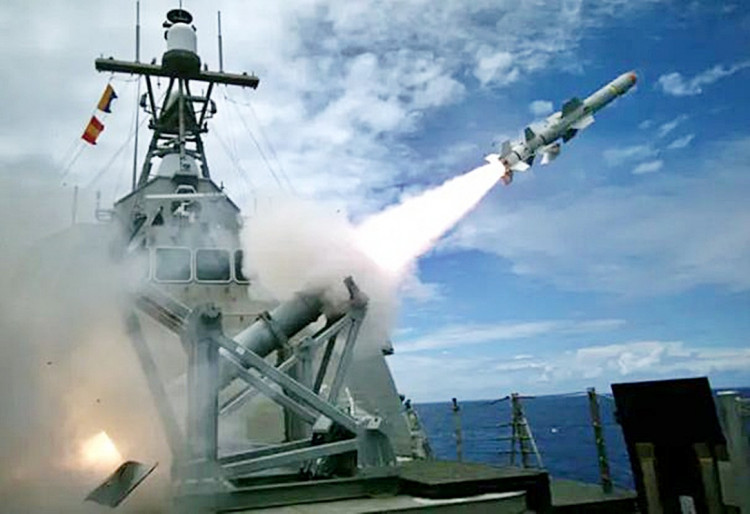The United States has launched airstrikes against Iranian-backed militias in Iraq. This strategic move, announced by Defense Secretary Lloyd Austin, comes after repeated attacks on U.S. and coalition personnel in the region, marking a critical juncture in the ongoing tensions between Washington and Tehran-backed groups.
The targeted strikes hit three key facilities utilized by the Iranian-supported Kataib Hezbollah and other aligned groups. Located in western Iraq, including Al-Qa'im near the Syrian border and Jurf al-Sakhar south of Baghdad, these sites were identified as pivotal operational centers for the militias. This action represents a significant step in the U.S.'s efforts to counter the rising influence and aggressive posturing of Iranian proxies in the Middle East.
Secretary Austin emphasized the defensive nature of these strikes in his statement, asserting that the U.S. is prepared to protect its personnel and interests in the region. "The President and I will not hesitate to take necessary action to defend them and our interests," he stated. This sentiment was echoed by U.S. Central Command, which detailed the unilateral nature of the airstrikes targeting facilities integral to the militias' rocket, missile, and unmanned aerial vehicle capabilities.
These airstrikes are the latest in a series of U.S. military actions in the region. They come in the wake of an attack on Al-Asad Air Base in Iraq, where U.S. personnel were injured by ballistic missiles and rockets. Initial assessments suggest Kataib Hezbollah's involvement in this attack, which prompted a robust response from the U.S. military. Pentagon spokesman Maj. Gen. Pat Ryder confirmed that four U.S. troops suffered traumatic brain injuries but have since returned to duty.
The U.S. has been facing a series of attacks on its forces in Iraq and Syria, with at least 151 incidents recorded since mid-October. These attacks, coinciding with heightened regional tensions, particularly in light of continuous assaults on commercial shipping by the Iran-backed Houthis in Yemen, have raised concerns about a broader conflict erupting in the Middle East.
Iraqi Prime Minister Mohammed Shia al-Sudani has indicated a need to reevaluate the U.S.-Iraqi relationship, particularly in light of these developments. However, the U.S. maintains its position in Iraq as part of the mission to defeat ISIS, asserting that its presence is at the invitation of the Iraqi government. The recent actions by the U.S. military underscore the ongoing challenges and complexities of maintaining stability and security in a region fraught with geopolitical rivalries and escalating militia activities.
This series of events has put a spotlight on the delicate balance the U.S. is trying to maintain in its Middle East policy, particularly as it confronts the aggressive actions of Iranian-backed groups while trying to avoid a broader regional conflict. The airstrikes in Iraq are a clear message of the U.S.'s readiness to respond to threats and protect its interests, setting a significant precedent in the ongoing struggle for stability in this volatile region.






